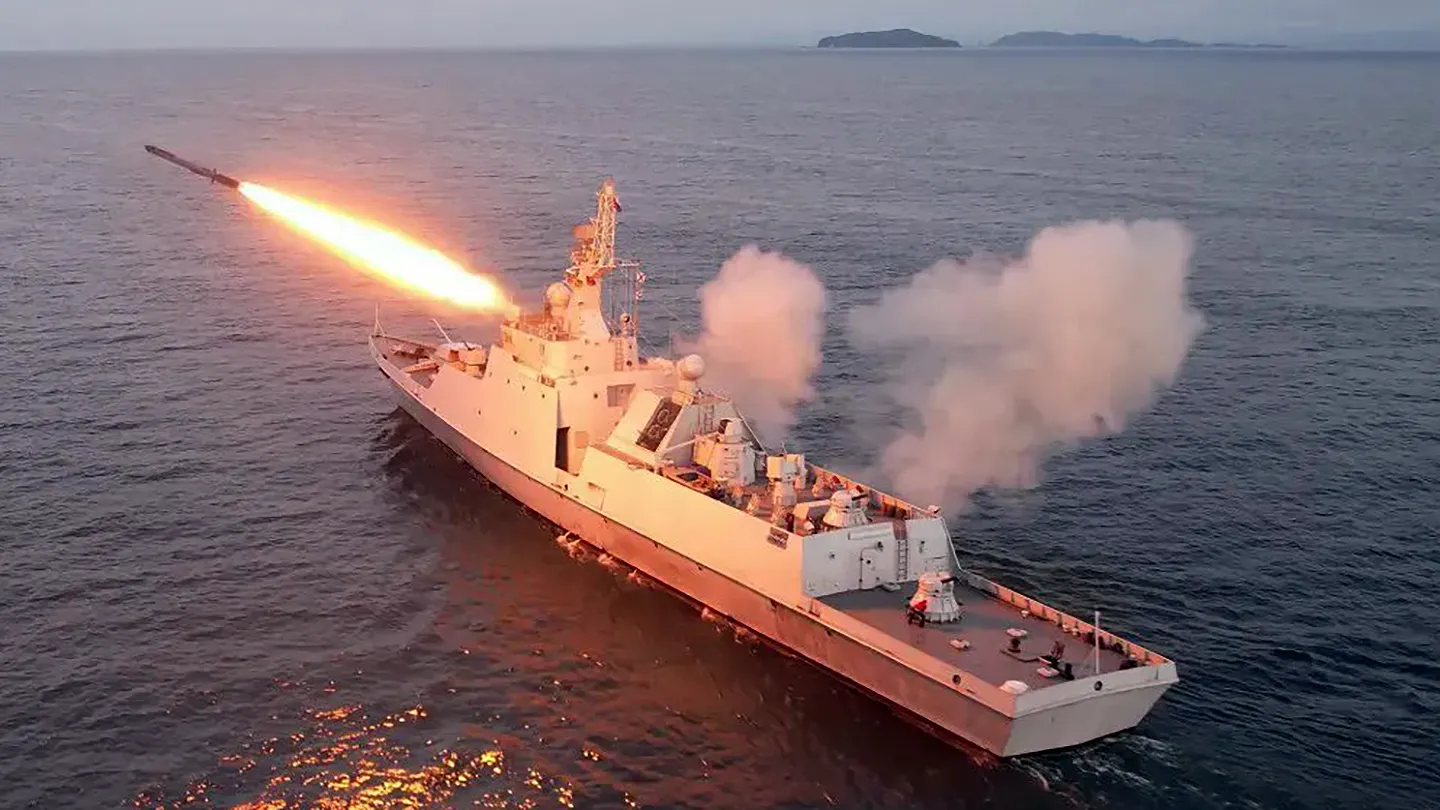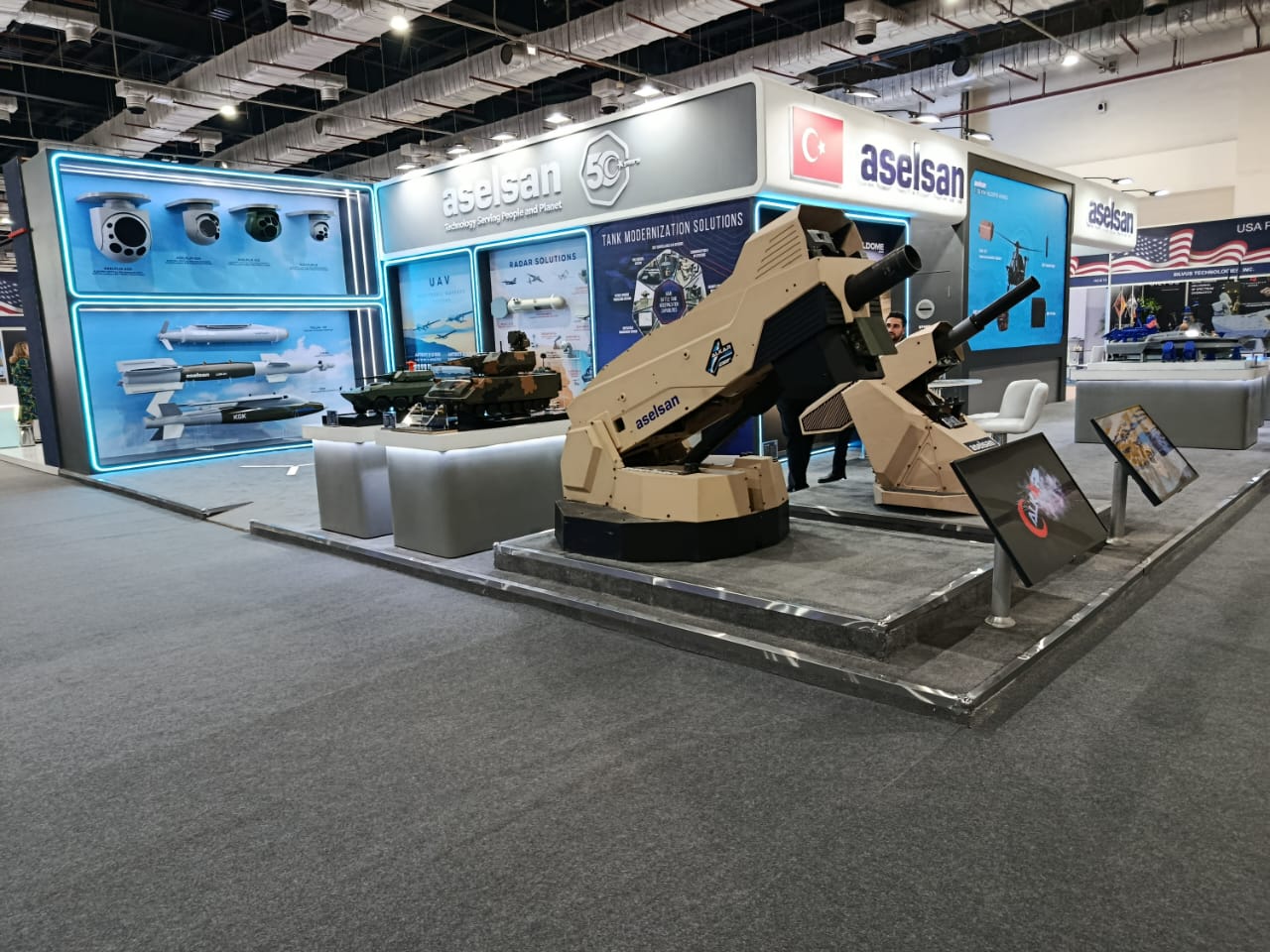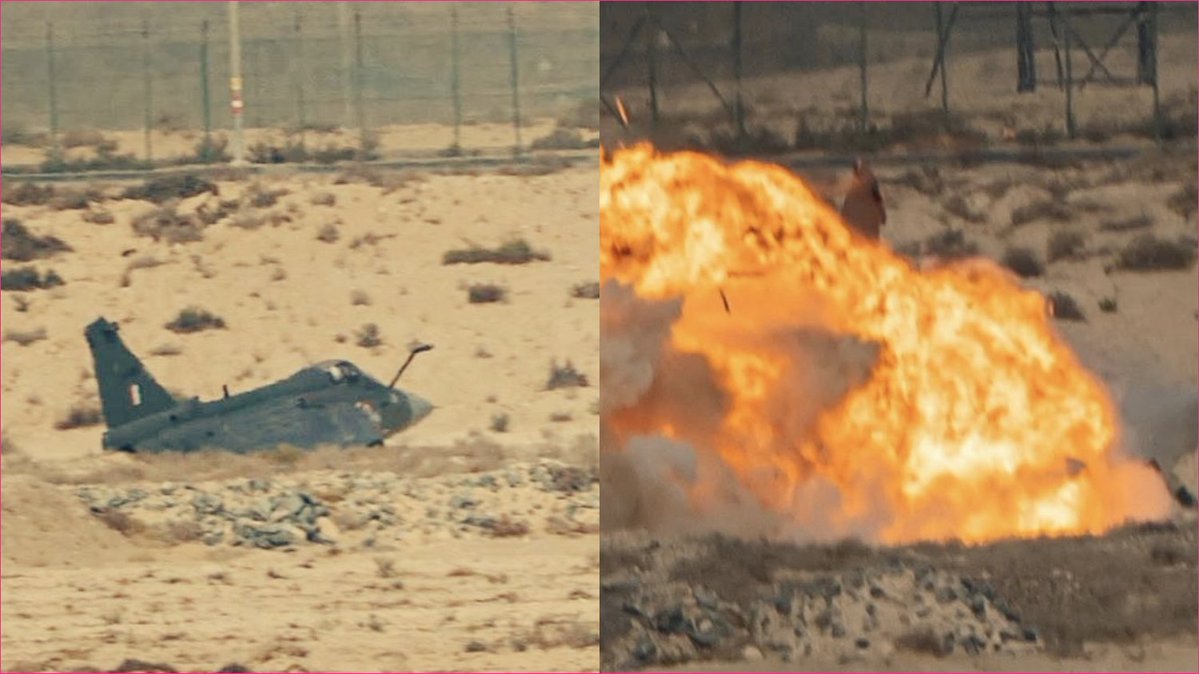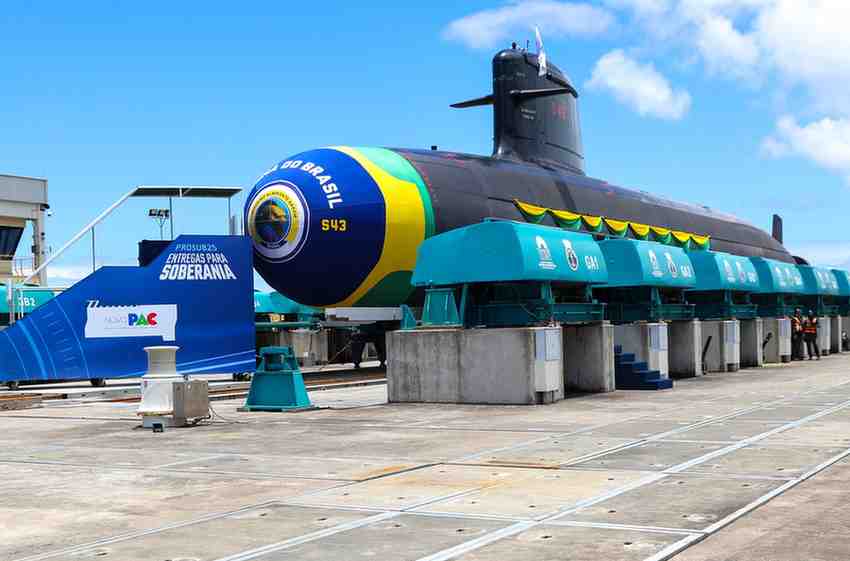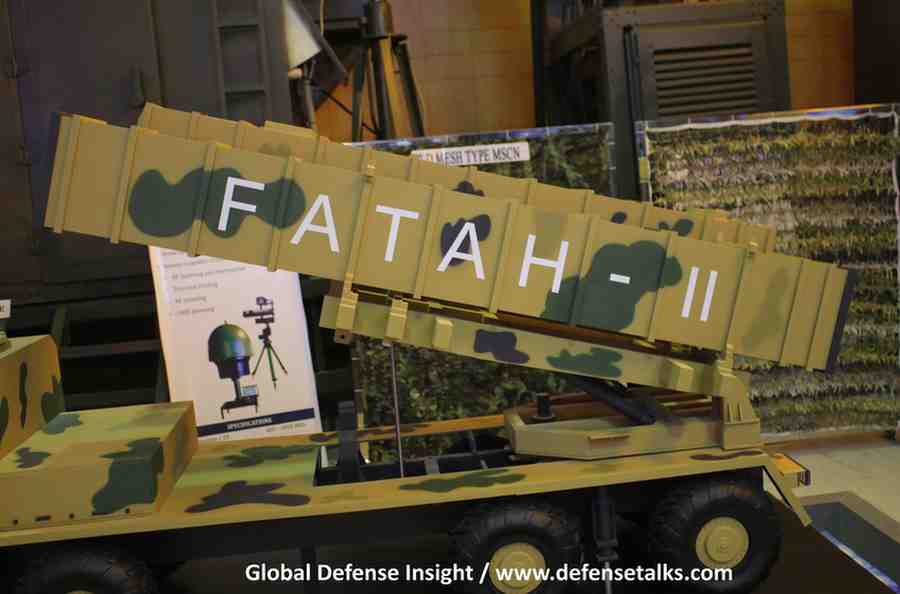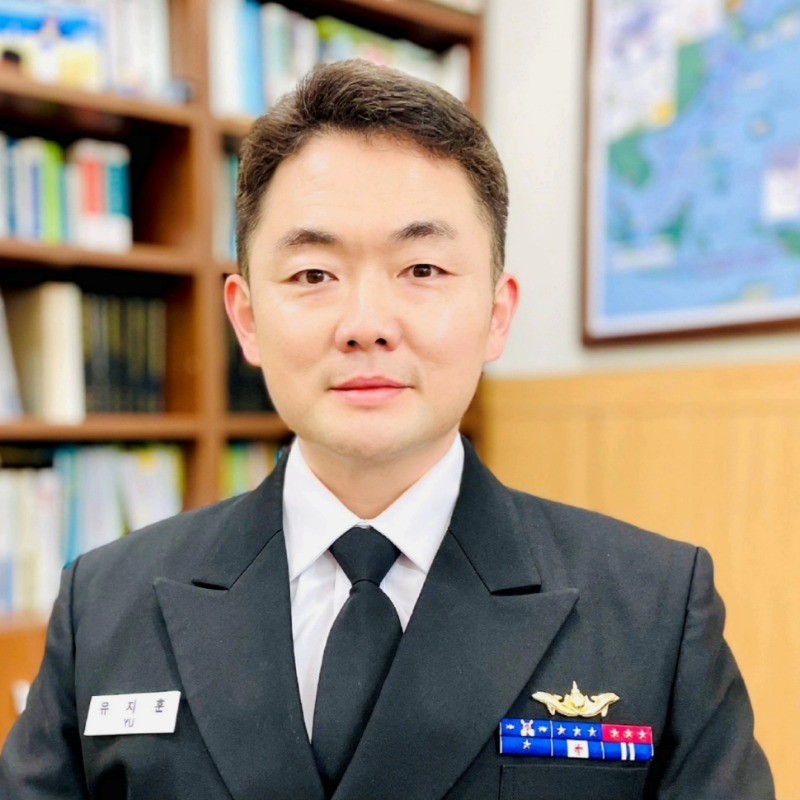North Korea’s recent unveiling of its largest and most advanced warship marks a significant leap in its naval modernization efforts, potentially reshaping the security dynamics of East Asia. While the warship’s design and capabilities are cause for regional concern, the broader context-including suspicions of Russian technological assistance-adds a layer of complexity to the strategic implications.
In late 2024, North Korean leader Kim Jong-un inspected a newly constructed warship at the Nampo Shipyard. This vessel, reportedly a destroyer featuring vertical launch systems (VLS) and phased-array radar technology, represents a dramatic shift in the Korean People’s Navy’s capabilities. These systems, which are characteristic of modern naval warfare, enable the warship to launch missiles with greater precision and enhance its tracking and targeting capabilities. Such advancements are unprecedented for a nation that has long struggled under stringent international sanctions. Questions naturally arise about how North Korea acquired the resources and technical expertise required for these advancements, fueling speculation about external support.
Recent geopolitical developments suggest that Russia may have played a role in enabling North Korea’s naval advancements. As Moscow faces increasing international isolation due to its war in Ukraine, its relationship with Pyongyang has grown conspicuously closer. Reports of arms trade between the two nations and the possibility of technology-sharing agreements cannot be ignored. Russia possesses precisely the naval technology North Korea appears to have incorporated into its latest warship. The phased-array radar and VLS capabilities bear striking similarities to systems used on Russian warships. While direct evidence of technology transfer remains elusive, the timing and nature of North Korea’s advancements suggest that Russian assistance-whether through material transfers, technical expertise, or the training of North Korean engineers-may have played a role. This potential collaboration reflects a deepening strategic alignment between two isolated states.
For Russia, strengthening North Korea’s military serves as a means of counterbalancing U.S. influence in East Asia while securing a steady supply of munitions for its war efforts in Ukraine. For North Korea, access to Russian technology offers an avenue to bypass sanctions and accelerate its military modernization.
North Korea’s new warship and its potential reliance on Russian technology pose several challenges to regional security. The warship’s missile systems and radar technology could enable North Korea to project power far beyond its territorial waters, significantly increasing the risk to South Korea, Japan, and even U.S. forces in the region. The introduction of such an advanced warship may prompt neighboring nations to bolster their own naval arsenals, intensifying an already volatile arms race in East Asia. Countries like Japan and South Korea are likely to accelerate investments in missile defense systems and counterforce naval assets. If Russian assistance is confirmed, it would represent a blatant breach of international sanctions and undermine efforts to contain North Korea’s military ambitions. It also raises concerns about the broader effectiveness of global sanctions in curbing technological proliferation. A deeper Russia-North Korea partnership complicates the strategic calculus for the U.S. and its allies, suggesting a potential alignment of interests among states opposed to the current international order and creating new challenges for regional and global stability.
The possibility of Russian support for North Korea’s naval development underscores a broader trend of shifting alliances. As the U.S. strengthens its trilateral cooperation with South Korea and Japan, North Korea and Russia appear to be drawing closer together, with China potentially playing a quiet, supportive role. This polarization increases the risk of miscalculation and unintended escalation. North Korea’s newfound confidence in its naval capabilities, coupled with potential Russian backing, could embolden it to adopt more aggressive postures in contested waters, raising the likelihood of confrontations with regional powers.
The unveiling of North Korea’s advanced warship is more than a demonstration of military ambition-it is a potential harbinger of a shifting geopolitical landscape. The suspected role of Russian technological support adds a layer of urgency to understanding and addressing the implications of this development. To mitigate the risks, the international community must adopt a multi-pronged approach that combines heightened vigilance, robust enforcement of sanctions, and intensified diplomatic engagement. Regional powers must prepare for a more assertive North Korea while addressing the broader strategic challenges posed by its alignment with Russia. In an era of shifting alliances, maintaining stability in East Asia will require navigating an increasingly complex web of threats and countermeasures.

Jihoon Yu
Jihoon Yu is the director of external cooperation and associate research fellow at the Korea Institute for Defense Analyses. Jihoon was the member of Task Force for South Korea’s light aircraft carrier project and Jangbogo-III submarine project. He is the main author of the ROK Navy’s Navy Vision 2045. His area of expertise includes the ROK-U.S. alliance, the ROK-Europe security cooperation, inter-Korean relations, national security, maritime security, hybrid-threats, and strategic weapons systems. He earned his MA in National Security Affairs from the U.S. Naval Postgraduate School and Ph.D. in Political Science from Syracuse University.
- Jihoon Yu#molongui-disabled-link
- Jihoon Yu#molongui-disabled-link
- Jihoon Yu#molongui-disabled-link
- Jihoon Yu#molongui-disabled-link


